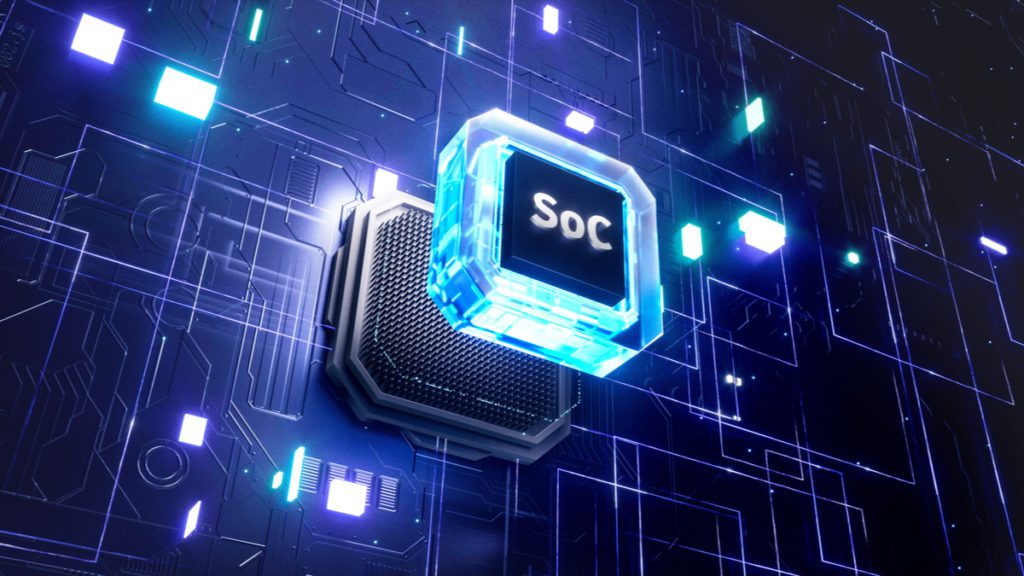The Security Operations Center (SOC) is a mainstay of nearly any mature cybersecurity program. That said, as organizations continue the trend of cloud adoption, pushing for modern software delivery via DevSecOps and CI/CD, embracing Zero Trust, and dealing with the ever-present cybersecurity workforce challenge, the SOC of the future may look a bit different.
Impact of Challenges
Organizations are wrestling with a massive amount of telemetry from a dynamic asset footprint that scales based on demand. It’s made up of a mix of company assets, BYOD hardware, on-demand as-a-Service application consumption, and more. This is leading organizations to increasingly look to wield automation and modern technologies to grapple with the bombardment of data and make actionable risk-informed decisions to drive secure organizational outcomes.
Another challenge for organizations is seeking a holistic approach to visibility for the SOC, regardless of workloads and data that exists on-premise, in the cloud, or a hybrid of both, which is often a reality for most organizations.
SOC-as-a-Service
The modern SOC may also look different depending on the size of your organization and if you natively build and staff a SOC, versus consuming it as a service offering (e.g. SOC-as-a-Service SOCaaS). This is getting popular, particularly among SMB organizations that are resource- and talent-constrained as it relates to cybersecurity. SOCaaS is a compelling offering if you don’t have a robust security team and need to prioritize a focus on customer delivery while using as-a-Service offerings to ensure you also stay secure throughout that endeavor.
Google Cloud’s “SOC of the Future” & Other Vendor Cases
Technology organizations, particularly in the cloud, are looking to make a compelling case for the “SOC of the Future,” as Google Cloud has dubbed it. This includes partnering with others such as Cybereason, to bring together powerful data analytics and XDR capabilities to secure cloud-based workloads.
Other vendors are making a similar case, arguing that the SOC needs to evolve to truly take advantage of the rich data ecosystem and telemetry to provide holistic, enterprise-wide visibility and response capabilities.
One overarching message is shifting from a reactive focus to one that is built around predictive analytics. This would aid in determining potentially malicious behavior early and often and empowering organizations to stop malicious actors in their tracks. This aligns with the broader push for Zero Trust and Resiliency. This involves limiting the blast radius of harmful activities and ensuring organizations can still deliver value to stakeholders even when under duress.
Modern Capabilities
Modern SOC capabilities are also striving to ensure that they can provide a detailed timeline of activities, not just in the moment, but leading up to malicious activities and events. So, organizations can understand who was involved, what was impacted, and how to recover.
Modern SOC offerings are also increasingly looking to lean into cloud-native capabilities. This would enable them to bring together insights from the myriad of cloud-native security services that tackle fundamental domains, such as Identity and Access Management (IAM), Networking, and even Machine Learning.
Final Thoughts
While much remains to be seen in terms of where SOCs may be headed, one thing is clear: The traditional technologies and methodologies aren’t keeping pace with the rapidly evolving threat landscape. Vendors and organizations are partnering to forge a new path, focused on modern technologies, and use automation to empower cybersecurity professionals and organizations to continue to deliver value to their customers while mitigating relevant threats.
Want more cybersecurity insights? Visit the Cybersecurity channel:










